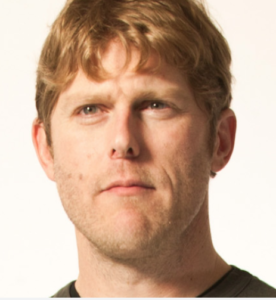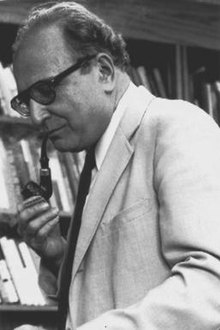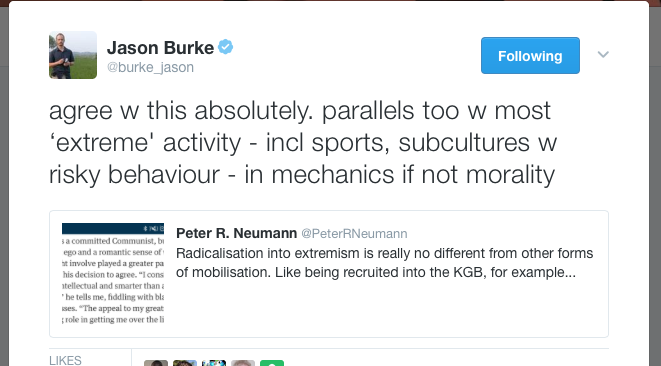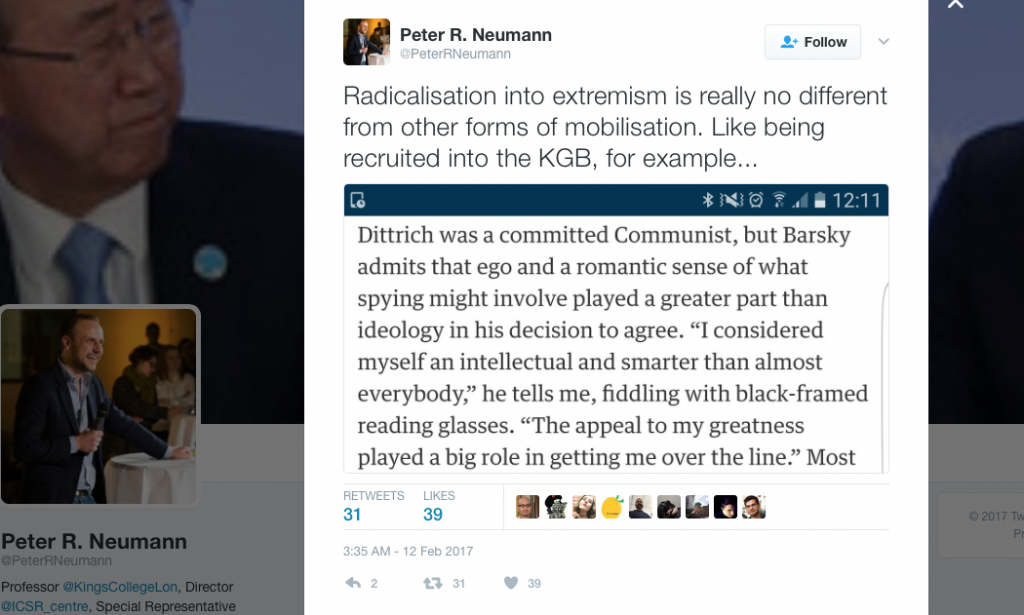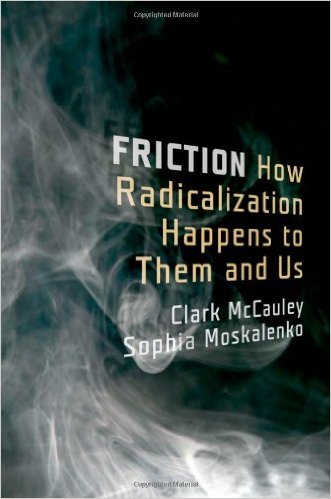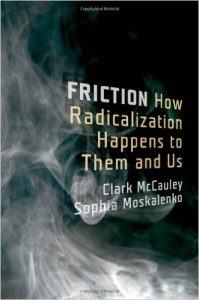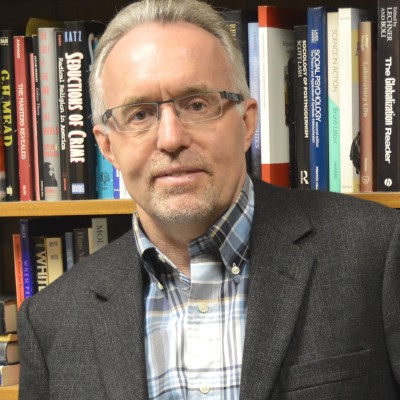This week, about two hours drive due west of where I live, two police officers and a helping neighbour were murdered by a trio of “sovereign citizens” — for the “crime” of entering their property. The father of two of the trio, two brothers, had not heard from either of his sons in twenty years. I read that he broke down on tv when asked about them.
. . . decades after the attacks of September 11, 2001, we stand in line for a dose of radiation while being barked at and occasionally fondled by federal employees.
It’s remarkable how much power the government grabbed, and how many freedoms they took away… instantly. Years later, it’s clear that those freedoms are never coming back.” . . .
They have us all cowering in our homes, like house cats, stripped of our most basic freedoms. It’s a power grab we haven’t seen since 9/11 (and that may indeed dwarf it).
The circumstances are certainly similar: people are terrified, so the governments are doing whatever they please. . . .
Contrary to popular belief, many people don’t prefer freedom… not if it means having little or no safety net. . . . They like rules and regulations and feel “safe” within those boundaries.
They see Big Government as a giant safety net. And so they trade liberty for it, believing that authority figures are truthful, benevolent, and trustworthy. They appreciate a government that seizes power.
Those who prefer freedom doubt such benevolence and trustworthiness.
Excerpt From: “The Sovereign Manifesto: How To Be Free in an Unfree World.”
My youth and early adulthood were mis-spent with a religious cult. When I woke up to what I had been immersed in I visited libraries and bookstores to try to learn as much as I could about “how it had happened”. I was seen as an intelligent person. My upbringing had been in a lower middle-class “liberal Methodist” family. My parents sacrificed so much to see that I had a good education. How could I have ever let myself get mixed up in the Armstrong cult, the “Worldwide Church of God” earlier known as the “Radio Church of God”? I learned much and when I discovered how common my experience was and felt compelled to reach out to others who had had the same experiences. I started a local “support group” of sorts for ex-Jehovah’s Witnesses, ex-Mormons, and ex-etceteras. It was part of the healing process for all of us to share our experiences and come to understand how alike they all were — despite the fact that each of us had been indoctrinated with the idea that our respective churches were “utterly unique”. No, we learned that there were techniques and experiences common to all of us. That we each felt “unique” and a part of a group unlike any other on earth was one of the experiences we had in common.
Then came 9/11 and the waves of Islamist terrorist attacks. And the public mood of “Islamophobia” mushroomed. I knew that these kinds of terrorist attacks from Muslims were a historically new development so it could not be the Muslim religion itself that was responsible. What was the catalyst? Again, I did some research. I read the online magazines and other literature of various individuals and groups that had in some way been associated with terrorism. And I read the scholarly studies from anthropologists, psychologists, historians, political scientists, sociologists who had studied these individuals and groups. How could it be possible? Everything I was reading gelled so neatly with all I had ever learned about the process that led persons to religious cults. The process was called “radicalization”. But it was the same process that had led others in other environments to “cults” like the Moonies, the Armstrongites, Heaven’s Gate, Dave Koresh of Waco fame, Jonestown, the Jehovah’s Witnesses, the Mormons…. I began to write about the common thread on this blog. Hating Islam and Muslims was counter-productive and played right into the hands of the terrorists — that was a big part of my message.
Then this week six people lay dead two hours from where I am writing because of conspiracy theories. Yes, most surely, conspiracy theories were not of themselves to blame. Many people who will never even come close to thinking of killing anyone else believe in conspiracy theories. But conspiracy theories can open doors to all sorts of dark rationalizations when under the right sorts of pressures. I sometimes wonder if the most significant difference between the now defunct Armstrong cult and Dave Koresh cult was the age of the leaders: Armstrong was an old man who loved his comforts and would always find a way out of any threat to those comforts; Dave Koresh was young and idealism can be the ruin of the young. Conspiracy theories in the minds of people with other mental or social issues (such as someone on the Asperger’s syndrome spectrum as appears to have been the case with the dominant person in the local trio) can be fatal.
What is a solution? Is there one? I must be hopeful. Here is something positive, something we can all be mindful of from day to day, from a report by Lise Waldeck, Julian Droogan and Brian Ballsun-Stanton:
Public communications that conflate far right extremism with broader community dissent may reinforce far right extremist conspiratorial narratives and harden existing societal polarisation. This in turn would reduce opportunities for positive discussion that acknowledges the anxieties and fears of non-far right extremist communities.
The pandemic has created opportunities for far right extremists to broadcast their narratives to broader subculture identities built around anti-government and antiestablishment narratives as well as opposition to public health measures such as vaccination. People engage with these narratives because they provide simple answers and clearly identify an ’other’ who can become the focus of blame. Conspiratorial narratives are quick to position government and authority figures within this out-group. Communications that describe those who disobey public health orders in order to engage in civil protest as far right extremists may reinforce the very alignment sought by actual far right extremist groups.
Consistent public acknowledgement of different groups holding alternative perspectives can provide the necessary framework for proactive public engagement with marginalised subcultures. Politicising and demonising public non-compliance with health orders may lead to the further alienation of dissenting groups, pushing them towards the political fringes inhabited by actual anti-state extremists. One way to prevent this is to move away from polarising communications that subsume public discontent and fears around COVID-19 under a violent extremist lens.
Engagement strategies that provide opportunities for these communities to express their fears and anxieties may help in the increasing understanding. State government programs that proactively engage with active and outspoken dissenting/angry citizenship are well placed to provide preventative support for those impacted by conspiratorial and anti-establishment movements due to the current global health crisis, or who become engaged with far right extremist movements. (pp. 39f : Online Far Right Extremist and Conspiratorial Narratives During the COVID-19 Pandemic)
What is the common thread binding Sovereign Citizens, Moonies and ISIS? One strong tie is distrust of society. Society is under the powers of evil, they believe, whether those powers are earthly or heavenly. The controlling powers are believed to work in secret behind the scenes but are duping the majority of us. The majority, those who more or less cooperate with social governance of some kind, are seen as hapless dupes, either wilfully ignorant and blind or simply “dumb sheep”.
It is all too easy to laugh mockingly at “Trumpists” or despairingly at “anti-vaxxers” — but the report above suggests that such a response is inimical to what we all want.
I have images of local fairs where all kinds of groups, government, statutory, professional and private, place their “information session” stalls and tents for all to visit. The hard-core conspiracy theorists will mock such occasions as being part of the plan to indoctrinate us all, but the “in-between bystanders” will be the primary target. Maybe also a few hard-core persons who have tiny nigglings of some doubt. But an understanding of how “the system” really works is surely essential. How Parliament works, how medical research centres work, how teachers work, how journalists and news broadcasters work … how everything works. — Would it not be good to have programs of some kind that increased awareness of how everything really works?
The common thread is distrust of society. What can be done to corrode that thread and demonstrate how as social beings we can all work together in accordance with our basic nature and find niches that allow each of us to improve our collective lot?
One small step would be to listen with respect to issues raised by “the outsider” and think of the most informative way to respond. Mocking the conspiracy theorist is not the answer and only adds fuel to the fire. Maybe we all need to work at better informing ourselves to know how to respond in the most helpful way we can.

